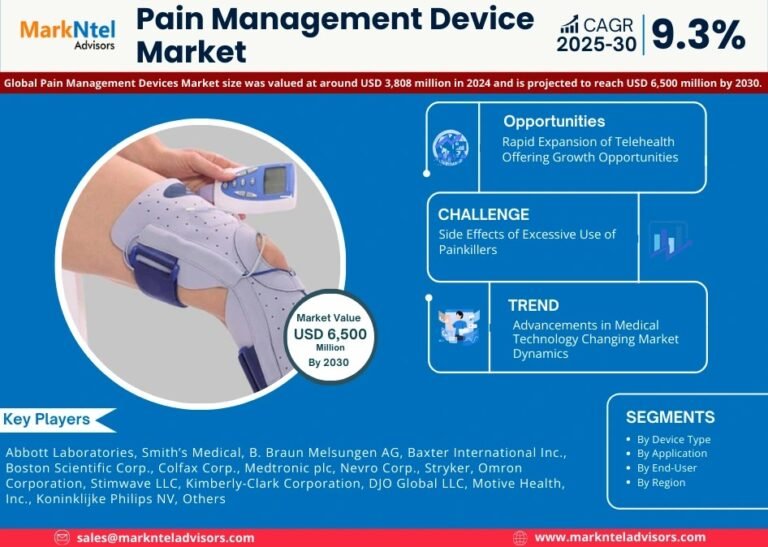Selecting the best Hospital Information System (HIS) is a critical decision that impacts patient care, staff efficiency, and financial performance. With numerous options available, here’s a step-by-step guide to choosing the perfect HIS for your facility.
1. Assess Your Facility’s Needs
Before evaluating vendors, identify your requirements:
-
Size & Specialty: A small clinic needs different features than a multi-specialty hospital.
-
Current Pain Points: Long patient wait times? Billing errors? Medication mismanagement?
-
Must-Have Features: EHR, billing, lab integration, or telemedicine support?
Tip: Involve doctors, nurses, and administrators in the decision-making process.
2. Prioritize Key Features
The right HIS should include:
✅ Electronic Health Records (EHR) – Centralized patient data
✅ Appointment Scheduling – Reduces no-shows with reminders
✅ Billing & Insurance Processing – Automates claims and reduces errors
✅ Pharmacy & Lab Integration – Streamlines prescriptions and test results
✅ Reporting & Analytics – Tracks KPIs for better decision-making
3. Ensure Interoperability
Your HIS must work seamlessly with:
-
Other healthcare software (e.g., radiology, pharmacy systems)
-
Government health networks (for compliance reporting)
-
Third-party apps (telehealth platforms, wearables)
Look for: HL7/FHIR compliance for smooth data exchange.
4. Check Security & Compliance
Patient data security is non-negotiable. Verify:
-
HIPAA/GDPR compliance
-
Role-based access controls
-
Data encryption & regular backups
5. Evaluate Deployment Options
-
Cloud-Based HIS: Lower upfront costs, automatic updates, remote access.
-
On-Premise HIS: More control, higher security, but requires IT maintenance.
Best for:
-
Small clinics → Cloud-based (cost-effective, easy setup)
-
Large hospitals → Hybrid or on-premise (more customization)
6. Compare Vendor Reputation & Support
-
Read reviews (Gartner, Capterra, or healthcare forums).
-
Ask for case studies from similar facilities.
-
Check customer support – 24/7 assistance is crucial.
7. Consider Budget & ROI
-
Upfront costs (software licenses, hardware)
-
Ongoing fees (maintenance, training, upgrades)
-
Potential savings (reduced paperwork, fewer errors, faster billing)
Tip: Calculate ROI by estimating time and cost savings over 3-5 years.
8. Test Before Buying
-
Request a demo – Ensure the interface is user-friendly.
-
Pilot testing – Try the system in one department first.
-
Training availability – Will staff adapt quickly?
9. Plan for Future Growth
Choose a scalable HIS that can:
-
Add new modules (e.g., AI diagnostics, blockchain records)
-
Handle more patients without slowing down
-
Support telemedicine and IoT devices
10. Make the Final Decision
Shortlist 2-3 vendors and compare:
✔ Features vs. needs
✔ Cost vs. benefits
✔ User feedback
Final Thoughts
The right Hospital Information System improves efficiency, enhances patient care, and ensures compliance. By following this guide, you’ll select a system that grows with your facility and delivers long-term value.
Need Help? Consult a healthcare IT expert to streamline your decision.
FAQ: Choosing a Hospital Information System
Q: What’s the biggest mistake when selecting an HIS?
A: Not involving end-users (doctors, nurses) in the decision process.
Q: How long does HIS implementation take?
A: 3-12 months, depending on facility size and system complexity.
Q: Can we switch HIS vendors later?
A: Yes, but it’s costly – choose wisely from the start.





